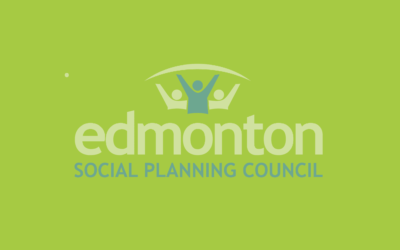Municipalities Step in to Fill the Gaps: a review of Mending Canada’s Frayed Social Safety Net: The Role of Municipal Governments. Report from Federation of Canadian Municipalities, 2010.
More and more people are falling through the cracks in Canada’s traditional social safety net. According to Basil Stewart, President of the Federation of Canadian Municipalities (FCM), there are “more people on long waiting lists for affordable housing; making do with welfare payments that don’t cover all of their basic needs; and struggling to get work, find childcare or afford recreation programs.” This has lead to an increased homelessness and more working poor families.
The recent recession is to blame for this,combined with the federal and provincial retreat from social supports, which shift the social services burden to municipal governments. This is thoroughly discussed in a report released by the FCM further highlighting the limited municipal finances and resources to support the growing burden.
Municipalities provide many social services including social housing, emergency shelters, public transit, subsidized childcare, recreation programs, and libraries. The growing reliance on our municipalities has put a strain on them to fill the gaps in the fraying social safety net. However, the demand for social services is outpacing the municipal capacity to respond. The limited municipal resources and finances will inevitably result in difficult and unfavourable trade-offs.
The FCM report is the sixth theme report in a series of reports on quality of life issues and indicators in Canada’s urban communities. It discusses the growing need for social services in 24 urban communities that make up the Quality of Life Reporting System (QOLRS). Many interesting statistics are explored including incidence of low income families, unemployment rates, community affordability, households in core housing need, and social housing wait lists and wait times.
The main findings in the report relating to poverty, income inequality and vulnerability throughout Canada include the following:
- Canada’s three largest municipalities have the highest proportion of
- families with income below the Low Income Cut Off (LICO)
- The gap between the rich and the poor is increasing
- An increase in the number of working poor families in most QOLRS communities
- An increase in unemployment rate across all QOLRS communities
- While unemployment rates fell between 2001 and 2006, vulnerable
- groups (immigrants, aboriginals, persons with activity difficulties/limitations, and female lone parents) continue to be less attached to the labour market and are more likely to have low incomes
Specific findings for the Edmonton area include the following:
- A 126 percent unemployment rate increase, from 3.4 to 7.7 percent in
- October 2008 and October 2009, exhibiting the greatest unemployment rate increase compared to other census metropolitan areas.
- Edmonton appears to be the second largest percentage change increase
- in number of employment insurance beneficiaries from 2008 to 2009.
- Edmonton’s economic and population growth over the last five years
- has led to a shortage of affordable housing. There is an estimated housing gap of 20,000 emergency, transitional, and long-term housing units, and approximately 20,000 affordable housing units are needed.
- The City extended their capacity to deliver affordable recreational
- programming by managing the local school board’s facilities for use after hours. This has lead to over 100,000 bookings a year.
In conclusion, the report urges municipalities to continue to work with their communities and urges upper level government to reconsider the retreat from social supports. It is important for all levels of government to respond to this growing problem in order to share in helping Canadians and their communities through difficult times.
Review by Darlene Paranaque


